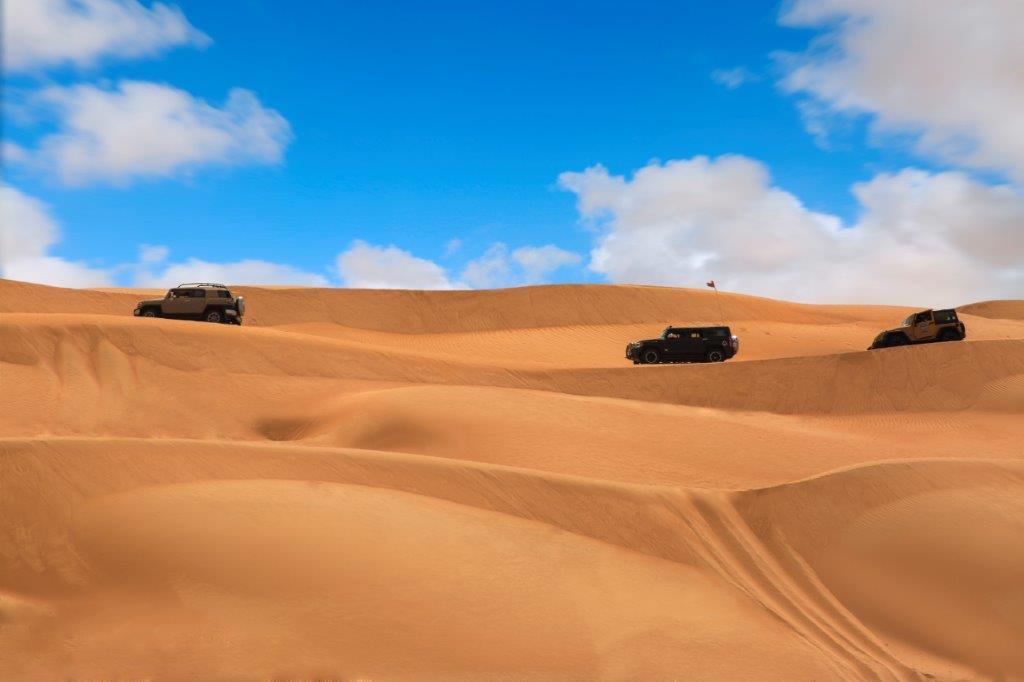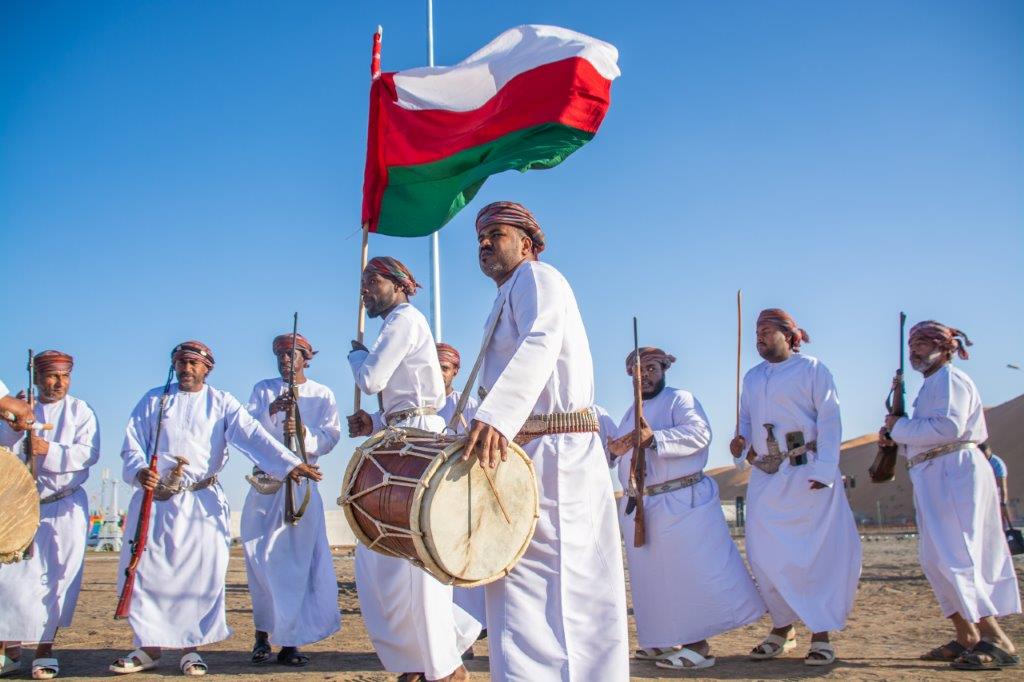The North Sharqiyah governorate in Oman is witnessing a steady flow of tourists as the winter tourism season commenced in October. The season, which lasts until April, attracts both domestic and international visitors, drawn by the region’s moderate climate and diverse attractions.
Sumaya bint Hamad al Busaidi, Director of the Heritage and Tourism Department in North Sharqiyah, highlighted the region’s varied offerings. “North Sharqiyah offers something for everyone, from the breathtaking Sharqiyah Sands and wadis to serene oases and therapeutic sulphur springs. These attractions are complemented by opportunities for mountain climbing, camping, cave exploration, hiking, and sand dune trekking,” she said.

Adventurous travellers can also enjoy activities like paragliding, sand biking, sand skiing, and off-road car racing. Traditional sports such as camel and horse racing, as well as experiences like hot air balloon rides and zip lining, add to the region’s appeal. These activities, coupled with its natural beauty, make North Sharqiyah a destination for both thrill-seekers and those looking to relax.

The governorate is well-equipped to handle tourists, with 51 hotel establishments offering a total of 1,100 rooms. These include 10 hotels, four hotel apartments, 11 green lodges, 10 guest houses, 14 tourist camps, and two rest houses. Additionally, 44 travel and tourism offices and 38 tour operators licensed by the Ministry of Heritage and Tourism provide services to visitors.

Sumaya also highlighted the region’s rich cultural heritage and archaeological sites, such as Bait al Yahmadi Fort, Al Rawdah Fort, Bait al Khabib Fort, Al Wasil Fort, Al Muntarb Fort, and Al Hamam Fort. Visitors can also explore the Bidiyah Private Museum, Al Mudhaibi Archaeological Village, and the scenic Sharqiyah Sands. Public spaces such as Bidiyah Public Park and Al Salam Public Park offer further leisure options. Traditional markets in the governorate, such as the Wednesday Popular Market for Women and the Sinaw Popular Market, add to the experience, providing a glimpse into the region’s heritage.
This post was originally published on here







